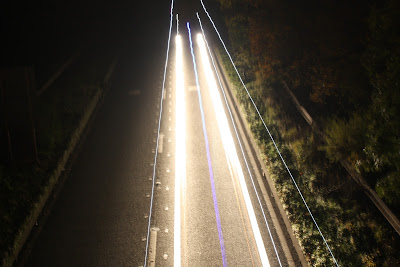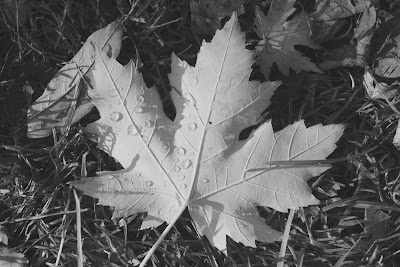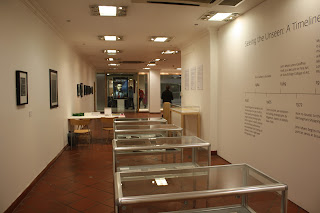After looking at the modes and their uses on my Canon EOS 450D, I decided to experiment with the length of exposures. I have read in numerous photography magazines how to create light trails and I wanted to try it for myself, so I went with my friend Helen Kuchta who is a photography student at Coventry University, and took some images on a bridge over Atherstone bypass, so the passing cars can create the light trails. We took a tripod so the light trails would be straight. We went at approximately 11pm so it was dark enough to create effective light trails.
I set my camera to manual mode, enabling me to alter the shutter speed and set it up with the tripod. I initially set it to 13 seconds and got these results. I do like these images, particularly the first image because the light trails illuminate the road enough to keep a contrast between the two. With the second image, I experimented with shooting from an angle, but because of the length of the exposure and the amount of cars that came down the road during the exposure, the trails weren't as effective.
I then tried a shorter shutter speed of 6 seconds because I found that the surroundings didn't have enough contrast. Also, with a shorter exposure, there can potentially be more interest if there were numerous cars. I think this image is more successful as there are more light trails, therefore creates a more interesting image.
I took the camera off the tripod and decided to have a go at practicing a steady hand. I held the lens with my fingers underneath to create a steadier image as well as resting my elbows on the railings. This is the result. Although it is initially unsteady, the line is fairly straight. I see this as a real achievement because before this experiment I didn't have a steady hand at all but I will continue to practice holding my camera like this as it creates a much sturdier base and a more focused image.
I am pleased with the results of my experiments with long exposures and would like to continue this on another occasion in a different location; somewhere that is much busier, therefore creating more light trails and a more interesting image.



































